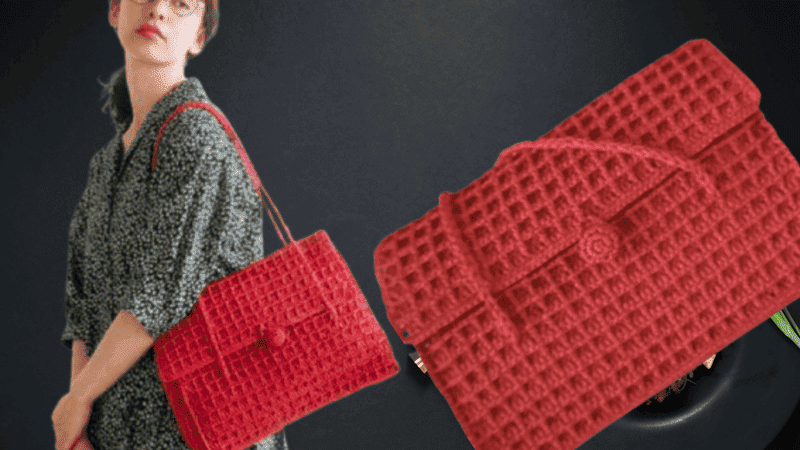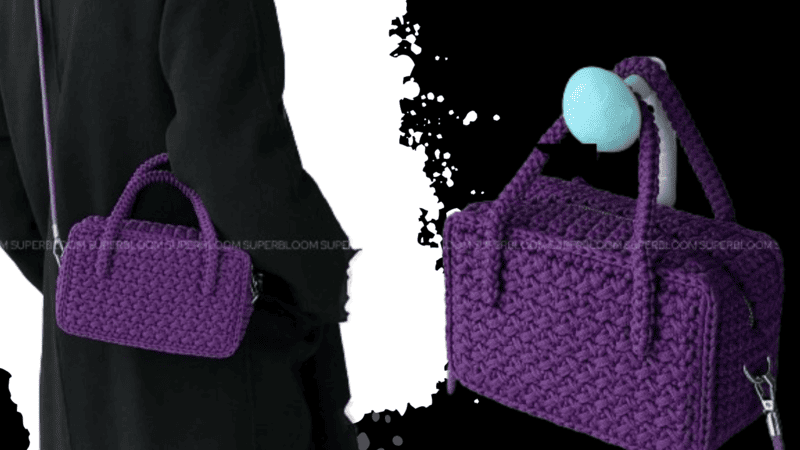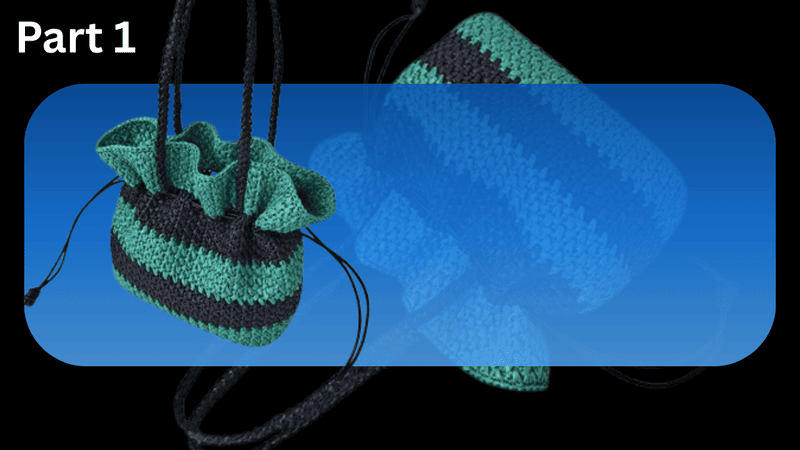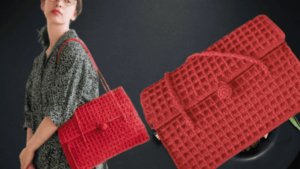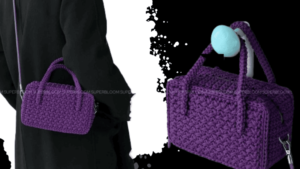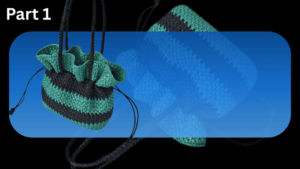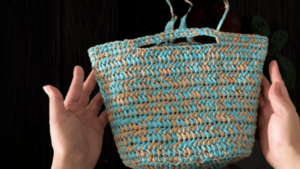Single Crochet Vs Double Crochet: What’s The Difference And When Should We Use Each?
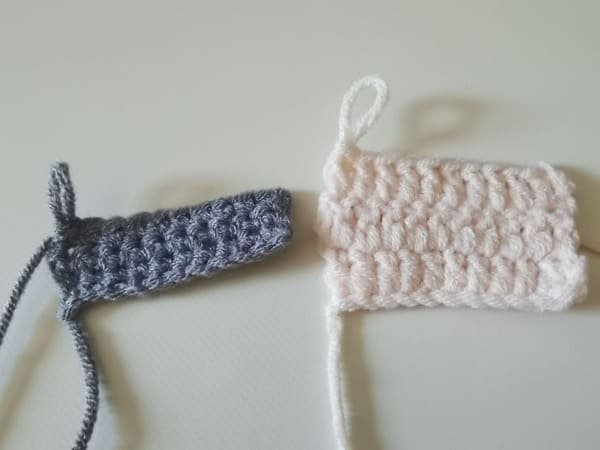
Table of Contents for single crochet vs double crochet
Single Crochet Vs Double Crochet: As novices approach their first crochet project, a quick reality check usually reveals that stitches vary far more than they might have assumed.
Among the foundation stitches that every crocheter encounters early on, the single crochet (abbreviated as sc) and the double crochet (dc) stand out for both their frequency of use and the distinct characteristics they confer.
Although the names themselves suggest a modest level of complexity, the physical results each stitch produces—including texture, fabric drape, and stitch height—are, in practice, very different.
This guide will outline the key features, advantages, and best use cases for single and double crochet, enabling us to select the most suitable option for any given design.

What is single crochet?
Single crochet is usually the first stitch most new crocheters pick up. Because it’s tight and sturdy, it creates a firm, dense fabric. That’s why many people reach for single crochet when a project needs extra structure, whether it’s the body of a stuffed toy or the edge of a bag.
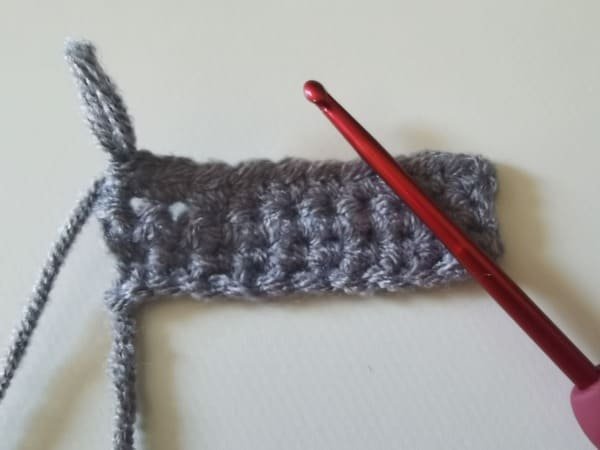
How to work a single crochet:
- Insert your hook into the next stitch.
- Yarn over and pull up a loop so that you have two loops resting on the hook.
- Yarn over again, then pull through both loops.
And there you go—three quick steps that form a tidy, flat stitch. The simplicity of single crochet is part of its charm; once you’ve mastered it, you can keep rows even and consistent with almost no effort.
Want to learn single crochet step by step , please click here:Single Crochet-You Want To Know The Most Detailed Information
Key features of single crochet:
- Short and dense: Each stitch is small, stacking neatly on top of the last.
- Uses less yarn: Because the fabric is compact, you’ll need fewer yards than with taller stitches.
- Provides a tighter fabric: The close tension helps stop wind and drafts, making it good for warmer projects.
- Less drape and stretch: The fabric holds its shape instead of flowing or stretching like lace stitches do.
- Perfect for amigurumi, dishcloths, and structured accessories: Whether you’re making a cute stuffed animal or a practical kitchen cloth, single crochet gets the job done.
What is double crochet?
Double crochet is a popular stitch that sits somewhere between single crochet and treble crochet in height. Because it is taller and a bit looser than single crochet, double crochet helps your project grow more quickly while still keeping a soft, draping feel. That’s why you will often see it in cozy blankets, breezy summer tops, and shawls that need to move with you.
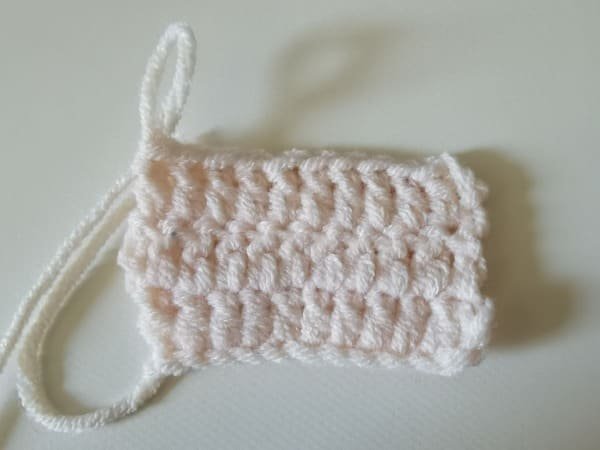
How to work a double crochet?
Working a double crochet stitch is fairly straightforward once you remember to yarn over first. Here’s the step-by-step:
- Yarn over before inserting your hook into the stitch you want to work into.
- Insert the hook into that stitch.
- Yarn over again and pull up a loop—now you’ll see three loops sitting on the hook.
- Yarn over and pull through the first two loops, leaving you with two loops remaining.
- Yarn over one final time and pull through the last two loops.
When you finish, the stitch stands tall and creates that signature loose weave.
Want to learn double crochet step by step , please click here:Double Crochet Stitches For Beginners
Key features of double crochet
- Tall and airy: Each stitch adds noticeable height while leaving space for airflow.
- Uses more yarn: Because of its height, it does consume a bit more yarn than single or half-double crochet.
- Builds fabric quickly: Fewer rows cover more ground, speeding up your project.
- Stretchy and flexible: The open weave gives double crochet a nice natural give, which feels comfortable when worn.
- Great for many projects: Scarf bands, chunky blankets, light cardigans, and even lace work tap into this versatile stitch.
The major differences for single crochet vs double crochet
Here’s a comparison(single crochet vs double crochet ) table based on your detailed explanation:
| Feature | Single Crochet (SC) | Double Crochet (DC) |
|---|---|---|
| Height | Short and sturdy; sits close to fabric | Tall and wide; stretches upward with extra loops |
| Yarn Usage | Uses less yarn; great for budget-conscious projects | Uses more yarn due to height and extra wraps |
| Speed | Slower to work; ideal for detail-focused pieces | Faster to work; covers more ground quickly |
| Drape | Stiff and structured; holds shape well | Light and airy; soft, flowing drape |
| Ideal For | Amigurumi, dishcloths, coasters (needs structure) | Shawls, baby blankets, lightweight garments (needs movement) |
| Look | Tidy, dense, knit-like appearance | Taller posts, can appear lacy or plush based on tension |
| Durability | Extremely durable; resists wear and tear | Still strong but slightly more flexible due to openness |
Pros and cons of single crochet vs double crochet
When picking a stitch for your next project, single crochet and double crochet are probably the first choices that come to mind. Each stitch has its own strengths and weaknesses, so let’s break them down.
Single crochet pros:
- Firm Texture: The tight pull of the single stitch leaves you with a dense, almost quilted feel that many of us love.
- Structured Items: Because the fabric stays so rigid, single crochet works wonders for projects like baskets, coasters, and dishcloths.
- Shape-Holding: Once a single-crochet piece is blocked or gently shaped, it tends to keep that shape much better than looser stitches.
- Colorwork and Embroidery: If you plan to add in a pop of color or some embroidery later, single crochet gives you a smooth canvas that hides loose ends nicely.
Single crochet cons:
- Slow to Build: Each stitch eats up more time, so a blanket in all single crochet can feel like it’s taking forever.
- Less Drape: That firm texture means the fabric won’t flop or swing the way a scarf or shawl should, leaving it a bit stiff.
Double crochet pros:
- Speedy Fabric: Because you’re pulling up a taller stitch, double crochet rows fly by much faster than single crochet.
- Drape and Lightness: The open spaces between stitches lend a nice lightness, perfect for summer shawls or airy clothing.
- Lace-Friendly: Double crochet stitches stack easily, making it simple to whip up lace motifs and crochet curtains.
Double crochet cons:
- Sturdiness: The loose pull that gives double crochet its light feel also means it can sag under heavy weights.
- Stretch Over Time: If you wear a double-crochet sweater daily, you might notice it growing—and not in a good way.
- Yarn Hungry: Taller stitches use extra yarn, so your skein supply might dwindle faster than you expect when working in double crochet.
Whether you go with single, double, or a mix of both, knowing the pros and cons will help you choose the right stitch for the job.
Common mistakes for single crochet vs double crochet and how we can avoid them
Common Crochet Problems and Simple Fixes
Single Crochet
One of the easiest stitches, yet it trips up many of us. A common blunder is losing track of our stitches and suddenly finding a row that’s wider or narrower than it should be. The quick fix? Slip a stitch marker into that first stitch of every row or chain. You can move it up each time you finish a row, and counting becomes almost automatic.
Another frequent issue is working the stitch too tightly. When our hands get tense, the yarn seems to shrink under the hook, making the next stitch feel like a workout. To loosen up, pause and take a deep breath. Pay extra attention to the way the yarn sits on your fingers, and try to keep a light, steady flow.
Someone who crochets next to you will have a different rhythm than you, and that’s okay. Copying someone else’s tension rarely works. Your own loose or firm hold is what feels natural, so find it and own it!
Double Crochet
This stitch has a little extra yarn-over step that can sneak by. If you reach the end of the row and the height is off, check whether you forgot to yarn over before inserting the hook. A handy trick is to say the steps out loud when you’re learning: “yarn over, hook in, yarn over, pull through, and so on.” Hearing the words can help line up the motions in your hands.
Finally, those annoying gaps between double crochets crop up when our hook is mismatched to the yarn or our tension is all over the place. Swapping to a slightly smaller or larger hook can even things out. If that doesn’t help, experiment with holding the yarn a bit looser or tighter as you work each stitch. Consistency is the goal!
Stitch anatomy: how to identify them
Being able to spot crochet stitches at a glance is a huge help when you need to fix a mistake or read a pattern correctly.
Single Crochet Looks Like:
- Short, almost-stacked “V” shapes
- Rows sit right on top of one another
- Fabric feels dense and sturdy
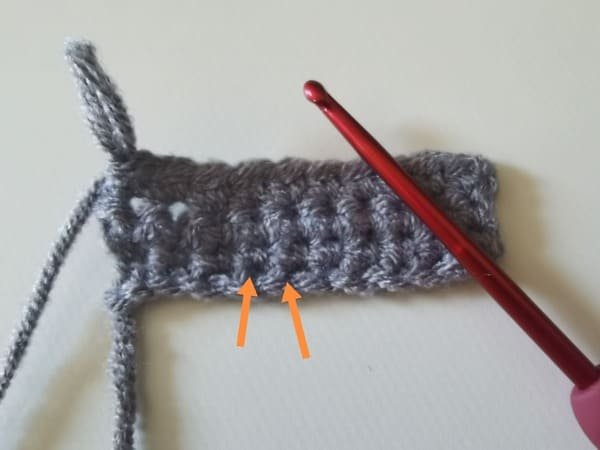
Double Crochet Looks Like:
- Taller, more upright stitches
- Visible spaces between the rows
- Long vertical bars crossed by a thin horizontal strand
Once you train your eye to pick out these two stitches, following patterns and solving problems becomes much easier.
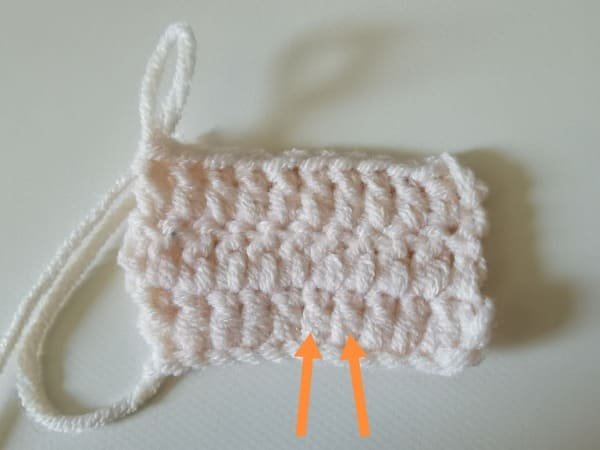
Final summary: which stitch should we choose?
Picking between single crochet and double crochet usually comes down to what you’re hoping to create and the feel you want your finished piece to have.
| If You’re After… | Choose This Stitch |
|---|---|
| A tough, close-knit fabric | Single Crochet |
| Quick rows and a little fluff | Double Crochet |
| A mix of depth and detail | A combo of both |
Neither stitch outranks the other; they each shine in different moments. The sooner we master both, the readier we are to tackle any pattern that catches our eye.
Reference sources
1.Learn the most comprehensive guide for single crochet(sc)
Author:Sarah Stearns
Publication date: on June 15, 2021, updated:December 14, 2024
Title: How to single crochet (sc)for beginners
Summary as blow:
- Step-by-Step Single Crochet for Beginners
- Single Crochet into a Foundation Chain
- Single Crochet into another Row
- Single Crochet in the Round
- Increases and Decreases
- Working Single Crochet in Different Loops

